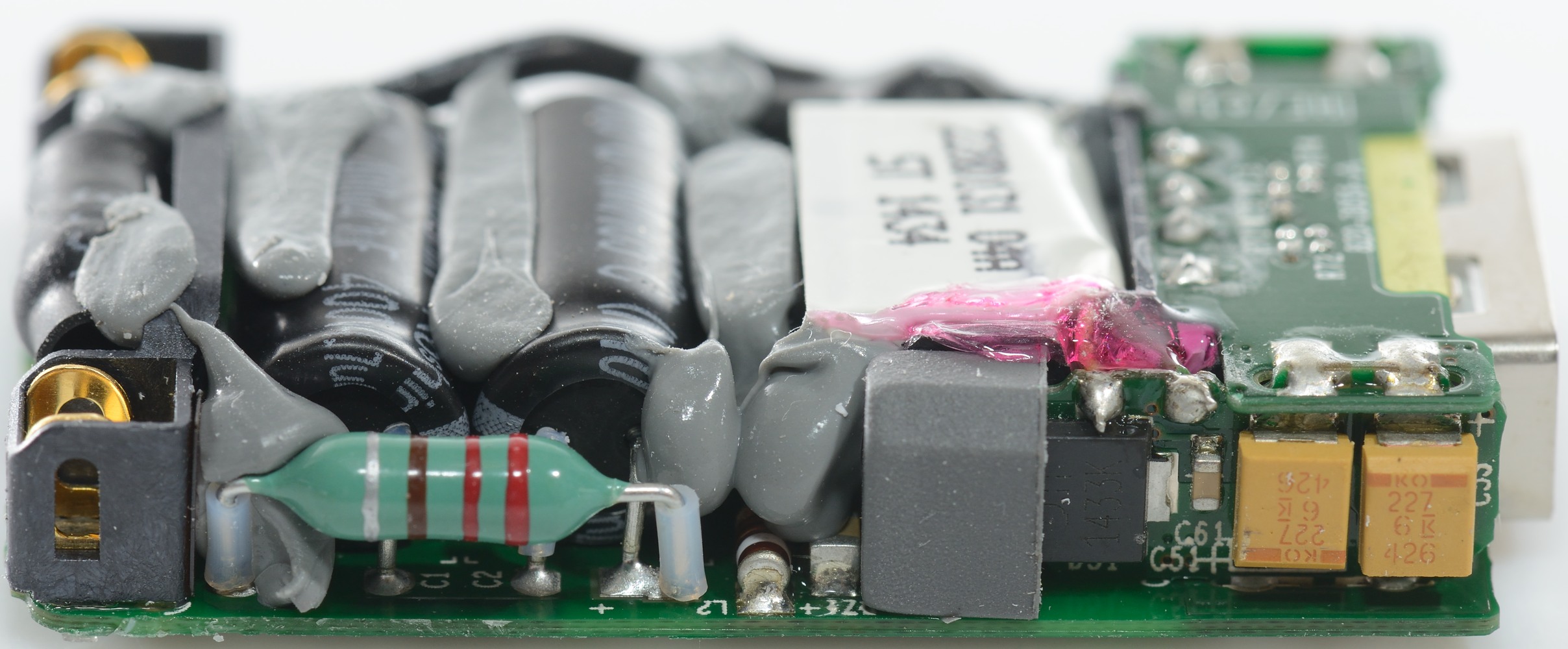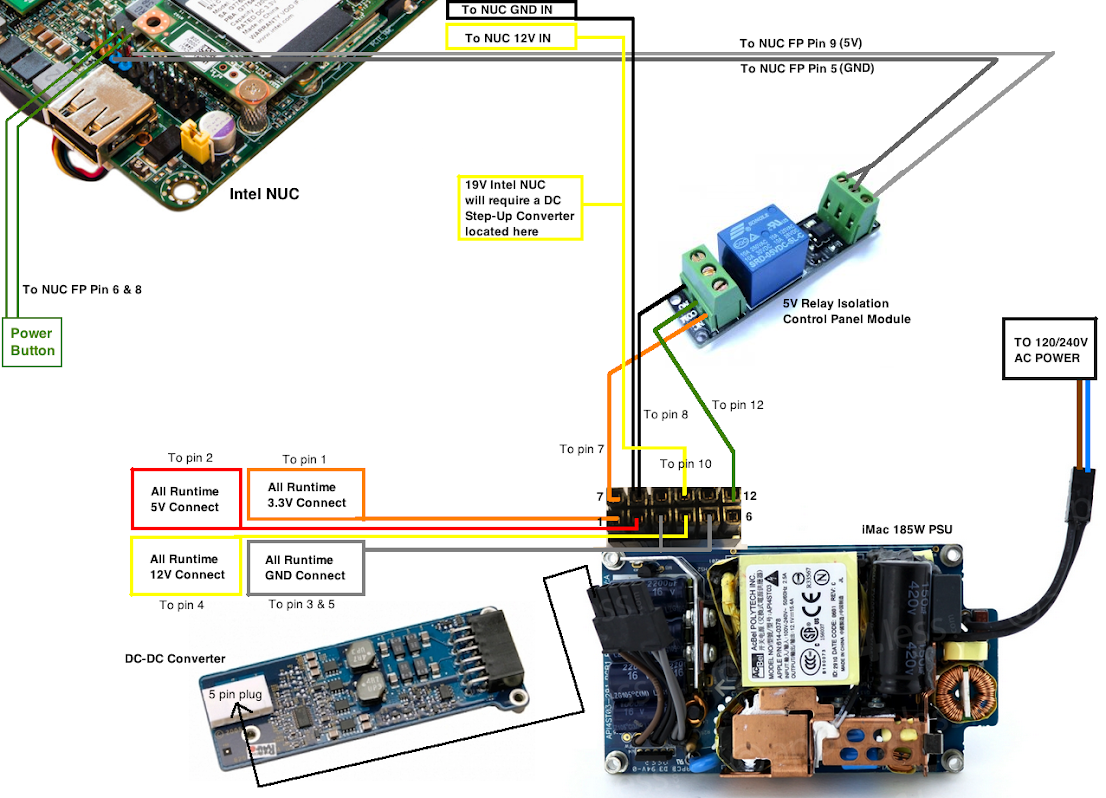
It’s far better for a Mac to be given that chance than to have no UPS at all.įirst and foremost, it needs a USB interface which you can connect to your Mac. Most Macs are well-protected if the UPS keeps them going long enough to allow an orderly shutdown – a minute or two at most. Yes, many are, but the more expensive ones are designed to keep things like power-hungry servers running for an hour or more. Next in the reasons we persuade ourselves to believe is that UPSes are expensive. Whether you use your Mac for half an hour a day or only power it off once a year for cleaning, it needs a UPS. Even if you’re sat at your Mac, with instant reactions, there’s no way that it can shut down in time to protect it. The commonest error in deciding whether to use a UPS is the argument that, because your Mac isn’t left on 24/7, it’s always ‘attended’, so should anything go wrong with the power, you’ll be able to deal with it. When the mains power is lost, even for a few seconds, all they do (when they work properly) is stop your Mac from being exposed to voltage spikes which can be most damaging. Good UPSes are more expensive than mains power filters, but filters don’t provide any backup power.

Laptops still benefit from the filtered mains supply from a UPS, though. As a result, if you do connect one of those to a UPS, it won’t be compatible with the USB connection which would otherwise be used to trigger shutdown when the mains supply is lost. The major exceptions to this are laptop models – MacBook Pro, MacBook Air, and MacBook – as their internal batteries provide their own backup power. Providing your Mac with a reliable filtered AC supply is very important to protect it from sustaining damage during electrical storms, when there’s utility maintenance underway, or some idiot trips a circuit-breaker or pulls the mains plug. Although Mac power supplies are among the best in the industry, they’re still susceptible to surges and drop-outs in the mains supply, and they can’t provide power when the mains is lost altogether, of course. Like all good electronic equipment, Macs have a power supply which converts high voltage AC mains to the lower voltage DC supplies required by chips and all the rest of its hardware.


This article is about why you need a UPS, and why you don’t need to spend a fortune when buying one.

It doesn’t, unless your Mac is powered through an Uninterruptible Power Supply (UPS). Now look at where your Mac gets its mains power from: if it’s plugged straight into a mains power socket, ask how long loss of mains power gives your Mac to shut down. Although not as long as starting up, there’s a lot more to shutting down than even meets the eye. When you next shut your Mac down, time how long it takes between choosing the command and its screen going black.


 0 kommentar(er)
0 kommentar(er)
